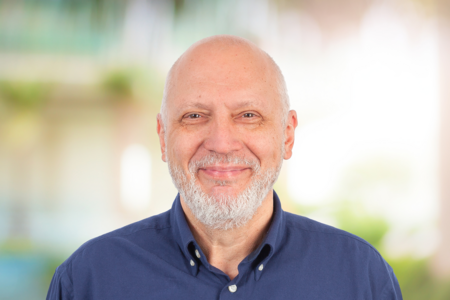Heavier Than a Sheaf of Rye

24 August 2016
I have a list somewhere of all the crops that have, at one time or another, been called the “key” to healthy diets, and even to global food security. It’s a long list – but rye is not on it. I don’t think anybody has ever accused this cereal beloved of eastern Europeans, and few others, of being the key to anything beyond some tasty breads and potent whiskeys (whisky if you’re Canadian).
And yet, where it’s important, it’s very important.
I could quote production statistics, but you can check Wikipedia as well as I can. Instead, just look at the image Tolstoy reaches for – and puts into the mouth of the czar – in the run-up to a key moment in Russian history, the battle of Borodino:
When the time comes I shall want both town and peasant lads and will raise the cry a day or two beforehand, but they are not wanted yet so I hold my peace. An ax will be useful, a hunting spear not bad, but a three-pronged fork will be best of all: a Frenchman is no heavier than a sheaf of rye.
Crops such as rye are a salutary reminder that there’s more to food security than that triptych of global agricultural icons: rice, wheat and maize. Likewise, there’s more to conserving the genetic basis of food security than the international collections managed by the CGIAR centres, as crucial as they undoubtedly are. There may be about 18,000 cultivated rye accessions in genebanks around the world, and more than fifty percent of them are in half a dozen national genebanks in eastern and central Europe, the US, and Canada, according to FAO’s WIEWS database. CIMMYT has about 650 accessions.
The Vavilov Institute (VIR) in Russia, in contrast, has over 2600.
But VIR doesn’t just maintain the single largest, and probably most diverse, rye collection in the world. As we found out a few weeks ago during our visit there, researchers in the Department of Rye, Barley, Oats Genetic Resources keep themselves pretty busy studying the collection and, indeed, using it to improve the crop. In VIR’s regeneration fields in Pushkin, a leafy suburb of St Petersburg, we met Prof. Vladimir Dmitrievich Kobyliansky. Over a very long career, he has solved some of the major problems of rye breeding: making hybrids, short stature, resistance to the major diseases, better animal feed value. He’s over eighty, and still going strong.
VIR has a lot in common with CGIAR centre genebanks. It’s a huge, and hugely diverse, collection (some 300,000 accessions in total); it is largely unique (although some is safety duplicated in Svalbard); a lot of it was collected (including by Vavilov himself) so long ago that it’s unlikely the material is still in farmers’ fields; and it is much used by breeders and researchers (admittedly mainly, though by no means exclusively, in Russia itself). Many of the global crop conservation strategies have highlighted the importance of the VIR collection, even for crops that do have international homes in the CGIAR genebanks, such as wheat.
What VIR does not have is special status under Article 15 of the International Treaty on PGRFA. Indeed, unfortunately, Russia is not yet even a party to the Plant Treaty. Another thing it doesn’t have is the sort of assured funding that the CGIAR genebanks can now count on. Its budget went down 7% this year.
We at the Crop Trust hope to work with VIR to see if we can get this unique genebank the international recognition – and secure funding – it needs and deserves. Our visit last week was just the first step. It will not be an easy task. But we have our three-pronged fork out and ready.
The opinions expressed here are those of the authors and do not necessarily reflect the opinions or views of the Crop Trust. The Crop Trust is committed to publishing a diversity of opinions on crop diversity conservation and use.

